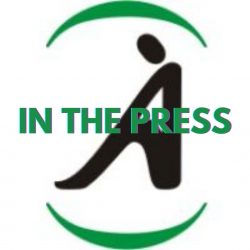Out of Pocket (OOP) Health Care Spending in India
 In these days of discussion about improving access to pain relief and palliative care in India, and in all developing countries, it is important to understand the background reality that most health care costs need to be out-of-pocket (OOP): there is no social security system or insurance system paying for health care.
In these days of discussion about improving access to pain relief and palliative care in India, and in all developing countries, it is important to understand the background reality that most health care costs need to be out-of-pocket (OOP): there is no social security system or insurance system paying for health care.
In a Times of India Special Report, On Life Support, Subodh Varma brings up some important facts about out of pocket (OOP) expenses:
Economic theory would dictate that people would not buy goods or services that are too costly for them.
This may apply to chocolates and deodorants but healthcare cannot be dealt with in this way.
When somebody falls sick, the family will be forced to seek medical attention even if it means destroying their meagre budget.
along with some jaw-dropping statistics. In India:
- personal expenditure on health care is 75%, vs. 12-13% in UK & USA.
- public expenditure on health care stagnated at around 1% of GDP.
- catastrophic OOP spending pushed 39–million people into poverty.
- 20% of sicknesses go untreated due to lack of money to see a doctor.
- there are 5,583 persons per rural hospital bed (Ministry of Health’s Central Bureau of Health Intelligence (CBHI))
What the article does not say is how inappropriately much of the money is spent, and how palliative care could ensure that the meagre resources are spent appropriately and that suffering is mitigated at low cost!
Read the full article: On Life Support
Varma also quotes from the International Labour Organization‘s (ILO) World Social Security Report 2010/11




